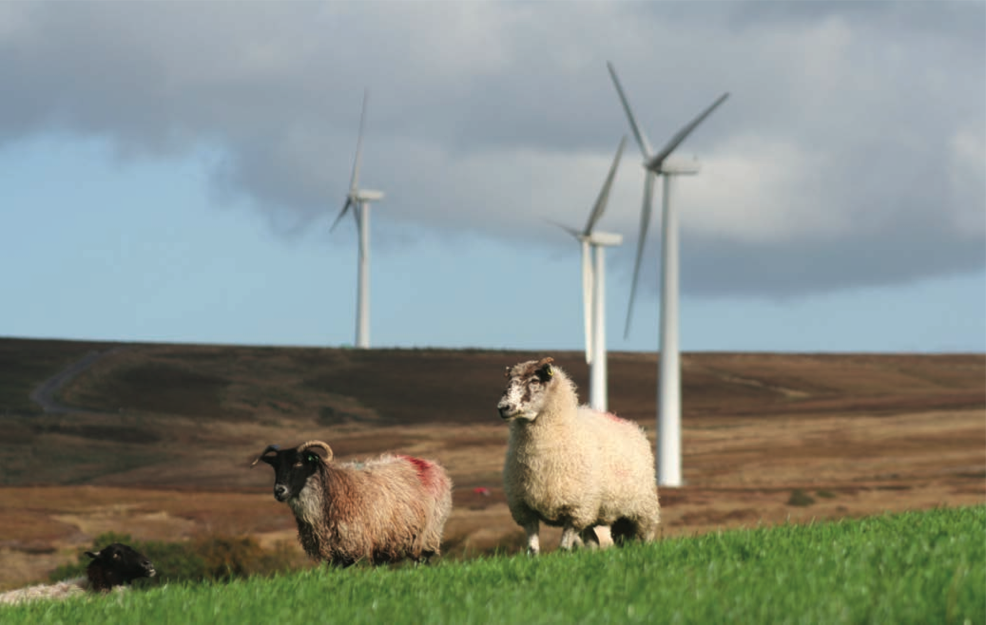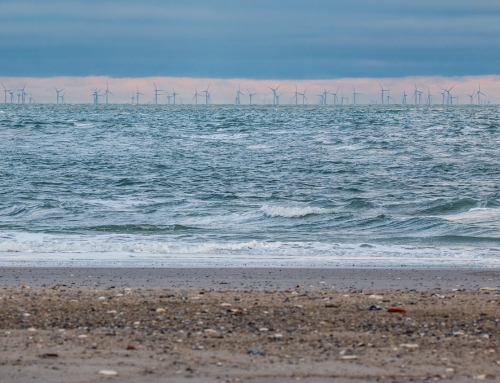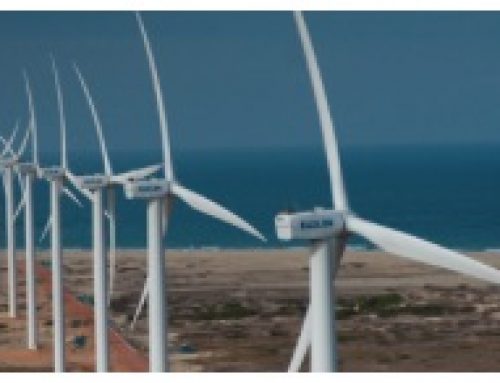On 28 February Greencoat UK Wind announced another strong set of results for 2018. During the year the company increased its generating capacity from 694 to 836 MW by acquiring 3 new wind farms and increasing its investment in the large Clyde project in South Lanarkshire. Greencoat now owns all or part of 32 wind farms, all in the UK but mainly onshore with 41 per cent in Scotland and 22 per cent in Northern Ireland.
The company generated 2 TWh of electricity in 2018, about 4 per cent of all UK wind production but 6 per cent below budget because of lower wind speeds. Nevertheless the cash produced of £117.3 million was on budget and up from £80.1m in 2017. Greencoat’s aim is “…to provide investors with an annual dividend that increases in line with RPI inflation while preserving the capital value of its investment portfolio in the long term…”. The total dividend in 2018 was 6.76 pence per share, up from 6.49 in 2017, thus meeting the goal to beat inflation. Total Shareholder Return was 8.3 per cent (2017: 8.4 per cent).
Net Asset Value (NAV) at the end of 2018 was estimated to be £1,393m (2017: £1,144m) and NAV per share was 123.1pence (2017: 111.2p). This more than meets the goal of preserving capital value. The company has low gearing with no debt at the wind farm level. Acquisitions in 2018 were partly financed by a share issue of £118.8m in May.

From Greencoat UK Wind’s Annual Report 2018 (http://www.greencoat-ukwind.com)
Much of Greencoat’s success can be attributed to the renewable obligation certificates (ROC) that come with most existing wind farms and provide a guaranteed source of income. The company says that the majority of its investments will continue to be in the £50 billion pool of existing UK wind farms that qualify for ROCs, most of which continue until the 2030’s.
However it is also, finally, starting to invest in newer wind farms with two projects in process. The 39MW Tom-nan-Clach wind farm, which is due to be completed in July 2019, will be under the Contract for Difference scheme for 15 years, while the 45MW Douglas West wind farm, due to be completed in 2021, is without subsidy. Interestingly, the company expects that the return from the latter will be higher because of the higher risk of depending purely on electricity prices. Presumably, the purchase cost per unit power is lower.
In its annual report, also published on 28 February, the company analyses the risks to its investments. The main concerns are the uncertainties in electricity prices, government regulation and wind resource, none of which are considered to be major. However, as we also pointed out a year ago, there is not a single mention of the effect of intermittency on pricing, nor of the risk of public resistance to an ever-increasing number of wind farms.
The danger for Greencoat is that as wind provides an increasing proportion of the UK’s power the value of intermittent electricity drops below that of a constant supply, such as from nuclear, or from a flexible supply, such as gas turbine. Other renewable funds, such as The Renewable Infrastructure Group, have recognised this and started investing in a small way in storage.
In the meantime Greencoat expects to continue meeting its goals for 2019, with dividends to be increased to 6.94 pence per share, in line with RPI inflation. The share price has retreated a little from its all-time high of 138p on 25 February for a market capitalisation of £1,662m.



